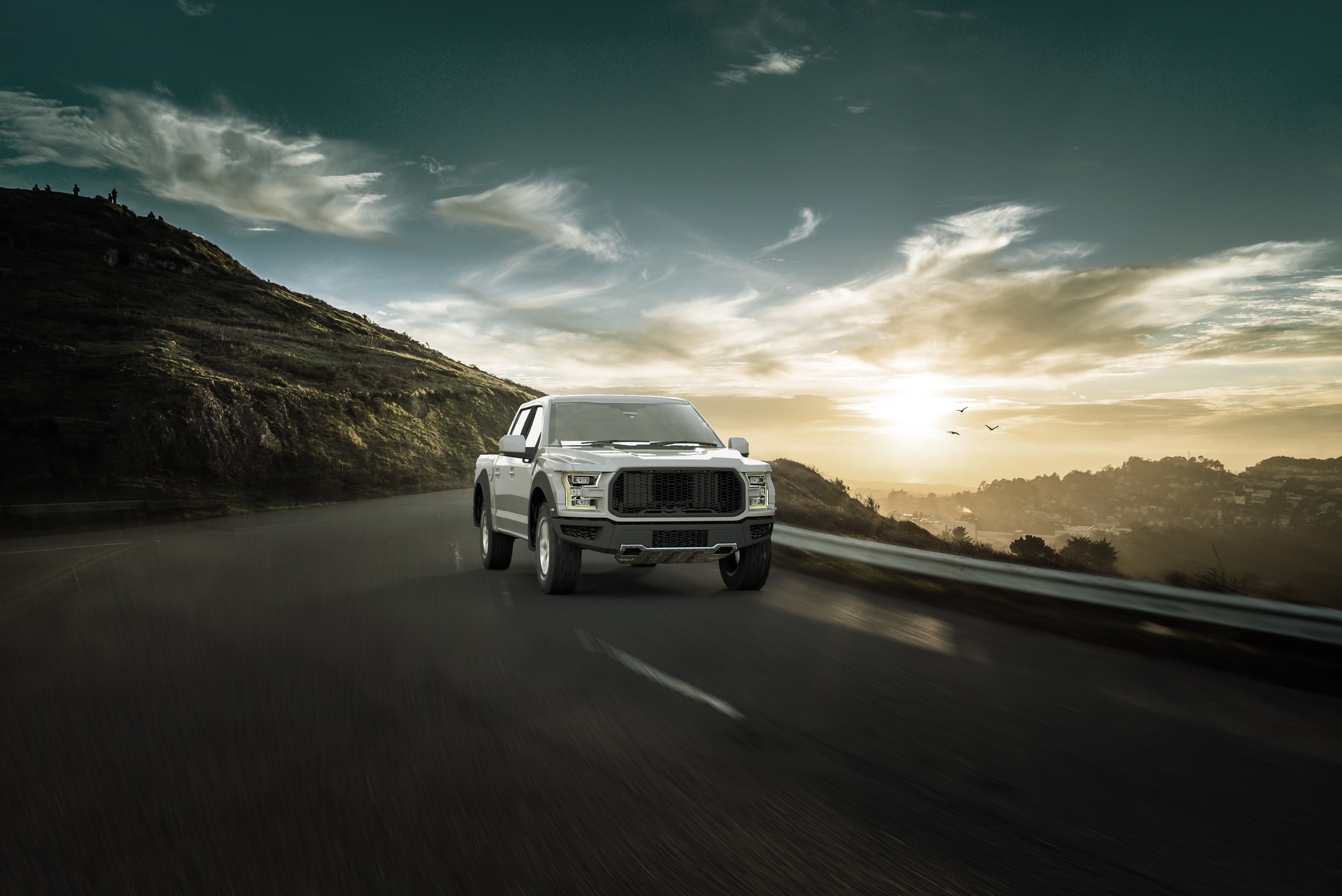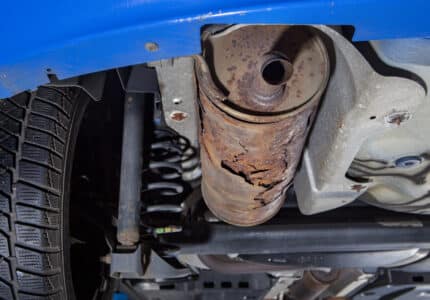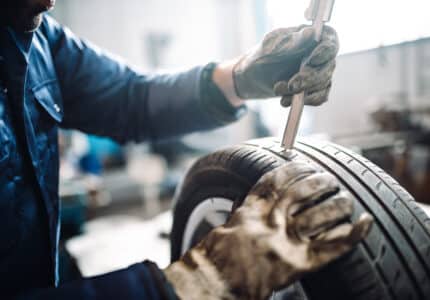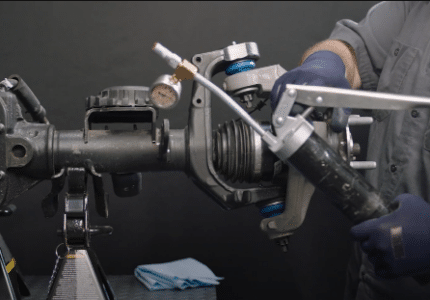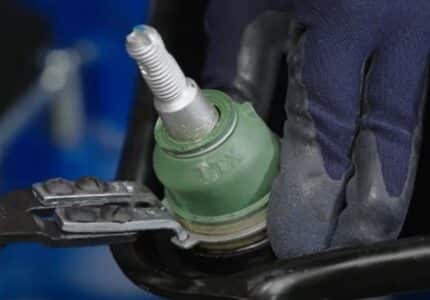Suspension 101: The Pros & Cons of Common Suspension Types
Suspension Parts
Springs:
Support the weight of the vehicle and allow up and down movement to absorb bumps in the road. These come in coil, leaf, torsion bar and air springs.
Dampeners:
Control spring oscillations, keeping the vehicle in control over bumps and through turns. Dampeners include shock absorbers, struts and coilovers.
Linkages:
Connect the chassis and suspension. These include control arms, compression/tension arms, radius arms, lateral links, trailing arms and track bars.
Pivot points:
Allow for the various movements in the suspension system. Pivot points include bushings, ball joints and strut mounts.
Knuckles and spindles:
Provide a connection point for steering and suspension linkages. They also serve as mounting components for brakes and wheel bearings.
Wheel bearings:
Allow for low-friction rotation of the wheel and tire assembly and serve as a mounting point for the wheel.
Wheels and tires:
Connect the vehicle to the ground and provide traction for acceleration, braking and turning.
Pros & Cons of Common Suspension Types
DEPENDENT SUSPENSIONS
The wheels are connected by a common rail/beam and work in tandem. Used in heavy duty/heavy load applications, this system comes in two types: driven (fixed axle) and non-driven (beam axle).
| Pros | Cons |
| High load handling | Poor handling |
| Easy to maintain | Heavy |
| Great off-road capabilities | Limited adjustment |
| Clearance and articulation | Unstable at high speeds |
INDEPENDENT SUSPENSIONS
These enable wheels to move up and down independently of each other, providing more comfort and better handling than dependent suspensions. There are many types of independent suspensions, including:
Macpherson Strut
This simple system is used on lightweight, unitized body vehicles. The strut and spring are mounted together, and the system pivots using the upper strut mount and lower ball joint.
| Pros | Cons |
| Economical | Limited adjustability |
| Low maintenance | Marginal performance |
| Decent handling |
Short/Long Arm (Double Wishbone)
This is the preferred system for performance, off-road and medium-duty applications. It features an upper and lower control arm of different lengths and comes in TYPE-I and TYPE-II variations. In TYPE-I the lower control arm bears the vehicle’s weight, and in TYPE-II the upper control arm bears the weight.
| Pros | Cons |
| Kinematics | Multiple wear items |
| Better handling | Space |
| Good adjustability |
Multi-link
A complex system used on performance luxury vehicles, it has multiple pivot points that provide a good combination of comfort and handling.
| Pros | Cons |
| Comfort and handling | Complex system |
| Precise adjustments | Costly repairs |
Twin I-Beam (Swing Axles)
Sometimes these suspensions are driven, but most of the time they are non-driven.
| Pros | Cons |
| Carry a lot of weight | Not very common |
| Difficult to work on |
It’s important to follow the proper diagnostic procedures for each suspension type. For useful tips from the pros on suspension diagnosis and installation, check out our webinar.
